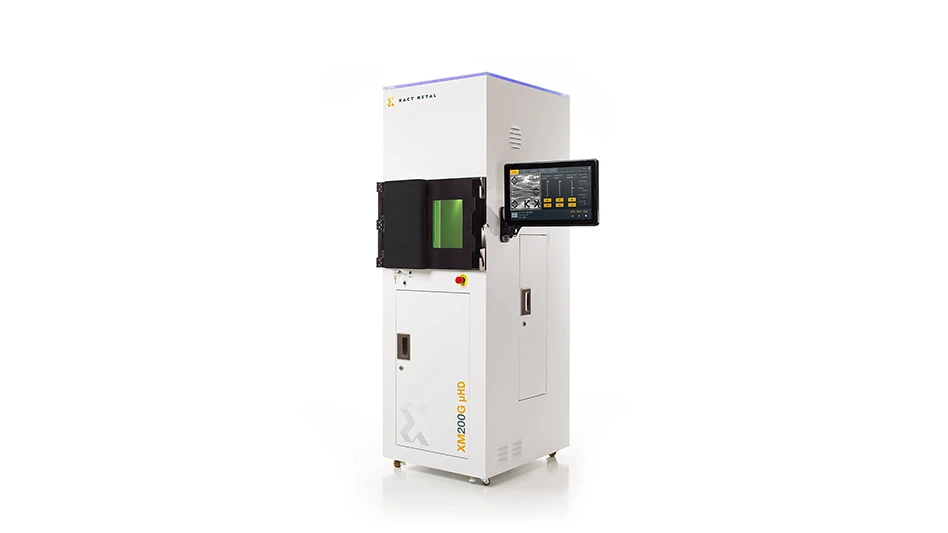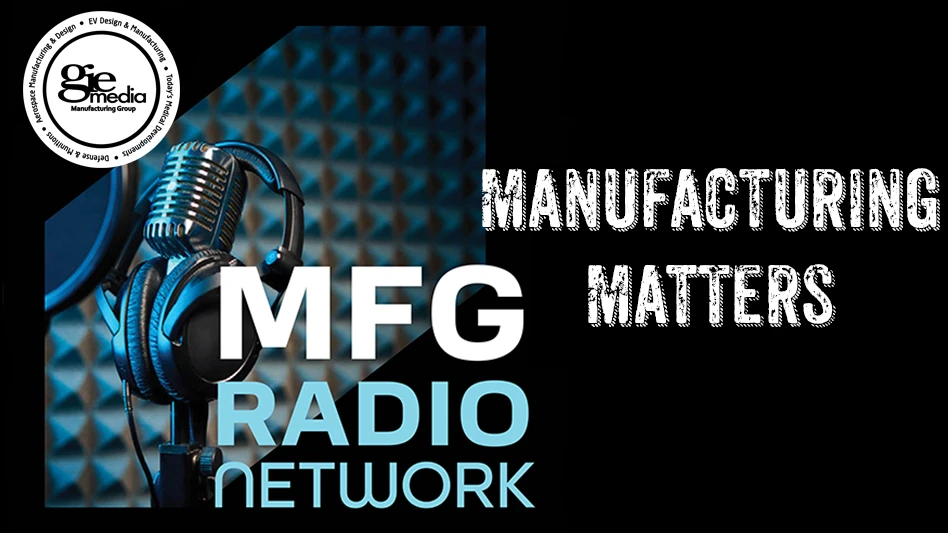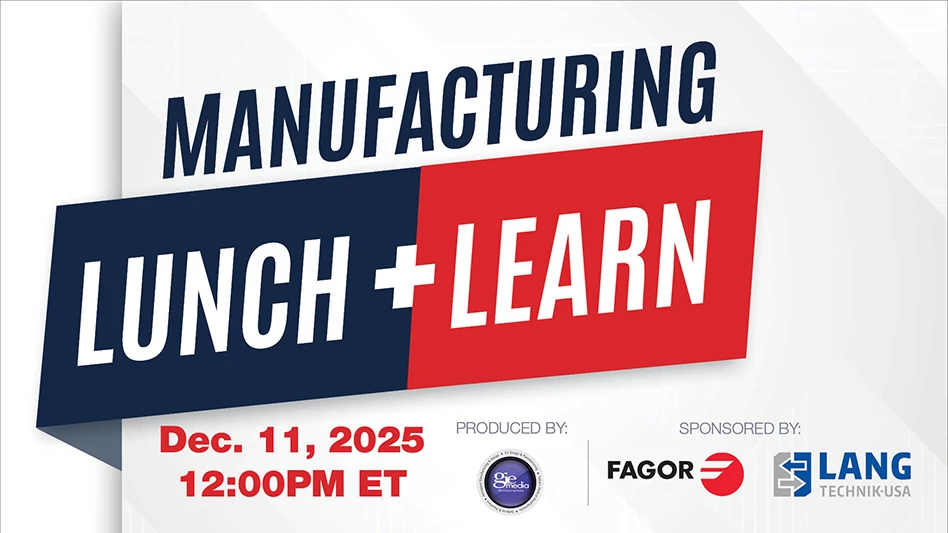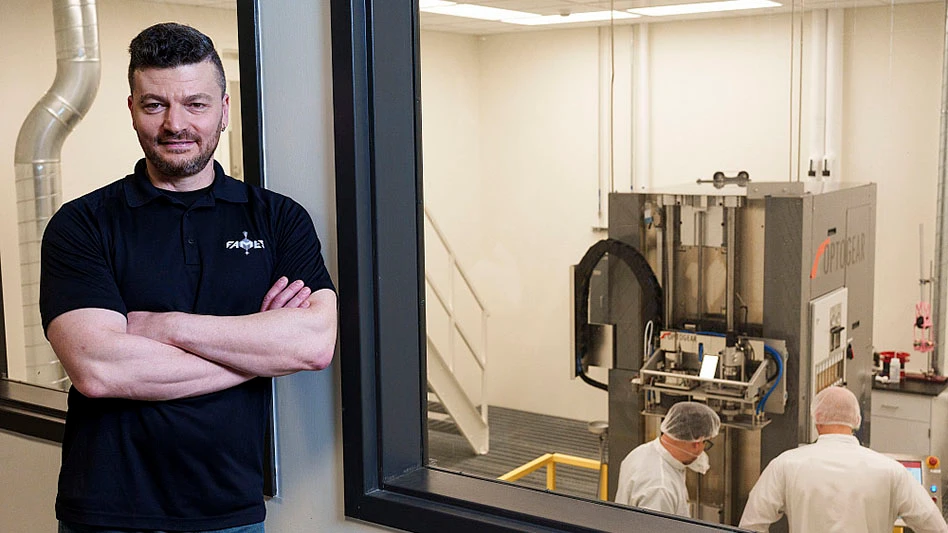Even with all of the high-tech testing and inspection techniques in use today, basic visual inspection of your device's machined or molded parts - no matter how small - continues to play a crucial part in quality control. That's not to say technology doesn't enter into visual inspection. Indeed, one of the best tools in this arena -- the borescope - is based on optical systems that are sophisticated and technologically advanced.
Borescopes are optical, visual- inspection instruments, akin to medical endoscopes, that allow users to see inside areas of metal-machined and welded parts, castings and other components not visible to the naked eye. Borescopes attach to both portable and fixed-station light sources to properly illuminate the subject area to deliver the best possible image. They can be used visually or attached to video systems.
Gradient Lens Corporation makes several lines of borescopes for medical device manufacturers. According to the firm's president and chief scientist, Dr. Douglas S. Kindred, "Borescopes offer fast, non-destructive visual inspection that assures your part or component is free of burrs, cracks, surface finish irregularities and other imperfections."
Catching these defects before the product leaves your site is obviously important. Burrs, sharp edges and other defects can be extremely detrimental, especially to vital parts. Sharp edges or small burrs can erode and eventually clog a device, preventing it from working properly. That's especially true in devices and components like valves, cannulas, catheters, needles and trocars, which have extremely small openings that can become blocked.
Gradient Lens Corporation's product line includes instruments with diameters as small as 0.9 mm, allowing fast and reliable inspection, even inside microscopic openings. This type of examination is particularly important for components and devices through which fluid flows.
Several types of borescope exist, each with a specific use.
- A direct, straight path to the subject you want to inspect calls for a rigid borescope. Rigid borescopes use traditional lens-relay systems to transmit images. The lenses are usually assembled inside a rigid stainless steel tube. Gradient Lens' Hawkeye Precision Borescopes feature the company's patented endoGRINs gradient-index optics, made with chemically treated glass that requires fewer lenses in each scope. Since the price of the equipment goes up dramatically with each lens required, Gradient Lens produces Hawkeye Precision Borescopes at a fraction of the price of other scopes of comparable quality.
- If the path to your subject is indirect, use a flexible borescope. These scopes employ a high- resolution (10,000 - 25,000 pixel) fiber-optic image bundle housed inside a flexible sheath. Flexible borescopes are not the answer to all user needs, says Kindred, "because of the fiber optics, the image quality of flexible scopes is inherently not as good as rigid borescopes." As well, flexible borescopes are more expensive, more fragile and harder to handle.
- If you're inspecting very small, often sub-millimeter bores, tubes and catheters, choose semi-rigid borescopes. These instruments are usually very small (less than 1 mm) in diameter and use fiber optics housed inside a very thin, stainless steel tube. These borescopes are somewhat flexible due to their construction and small diameter. Two of the semi-rigid borescopes in Gradient Lens' Hawkeye Pro MicroFlex line are only 0.9 mm in diameter and 6 inches long and offer either a 0- or 90-degree direction-of-view. The Semi- Flexible 0.9 mm model is one meter long and has a 9-inch bend radius.
Also, consider using a video system connected to a borescope.This allows you to inspect parts faster, view images with others and record images for documentation or e- mail transmission. Appropriate software can also allow you to establish inspection procedures with reference, or Go/ No-Go, images that you can view on a PC monitor side-by-side with live video to support ISO 9000 series standards. Indeed, Kindred believes the future of visual inspection with borescopes will "see continued growth of video and digital capture capability at more affordable prices." TMD
Gradient Lens Corporation designs, engineers and manufactures precision optics and optical instruments. The company's offerings include complete lines of Hawkeye Precision Borescopes, Hawkeye Blue Borescopes, borescope accessories and Luxxor Lighting and Video Visual Inspection products.

Explore the January February 2006 Issue
Check out more from this issue and find your next story to read.
Latest from Today's Medical Developments
- GrindingHub Americas launches in 2027 in Cincinnati, Ohio
- Methods Machine Tools now offers the Nakamura-Tome NT-Flex
- Battelle awards $900,000 in STEM education grants to Ohio schools
- #55 Lunch + Learn Podcast with KINEXON
- Starrett and Gerstner offer limited edition, American made 1950s replica wooden machinist tool chests
- EMCO’s UNIVERSALTURN 50: The new benchmark in universal turning
- Archetype's Expertise for Equity accelerates early-stage innovation
- Stratasys expands its AM solutions with Tritone's cutting-edge technology





